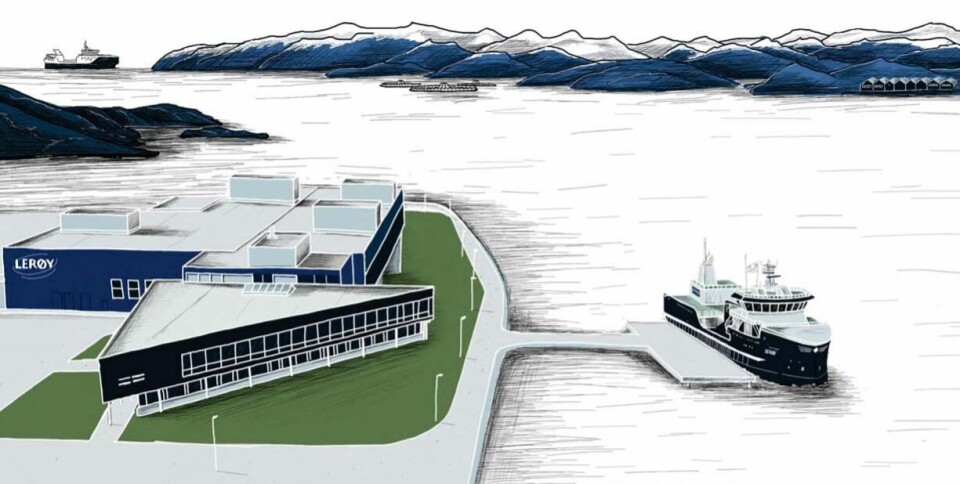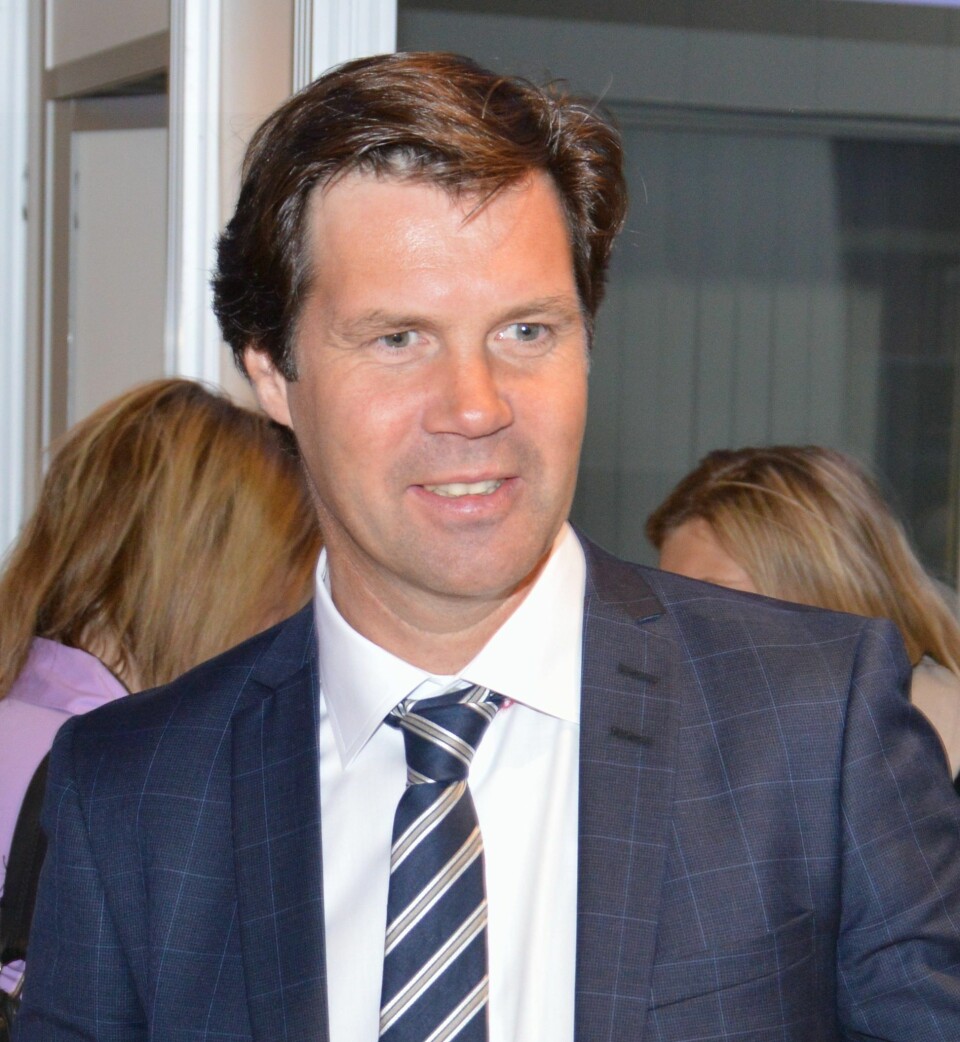
Lower prices and higher costs cut Lerøy earnings
Scottish Sea Farms co-owner Lerøy Seafood Group (LSG) today blamed lower salmon prices and high ex-cage costs for a NOK 159 million (£13.5m) drop in operating profit for the third quarter of 2019 compared to the same period last year.
The fishing and fish farming company’s operating profit was NOK 501m (Q3 2018: NOK 660m).
Chief executive Henning Beltestad said: “The Group’s Farming segment has experienced more challenges than expected in Q3 2019.

Increased volume
“The export volume for Atlantic salmon saw a substantial increase when compared with the same quarter of 2018, resulting in a fall in spot prices. Release from stock costs in Q3 2019 are lower than in Q2 2019, but still too high. We expect falling release from stock costs to remain into Q4 2019.” LSG also pointed out that “a relatively high volume from the UK” added downward pressure on prices.
The farming segment’s operating profit fell to NOK 362m (NOK 569m), despite an increased salmon and trout harvest of 45,983 tonnes (37,227 tonnes). In total, EBIT/kg for the segment was down from NOK 15.3 in Q3 2018 to NOK 7.9 in Q3 2019.
LSG’s northern Norway farming operation, Lerøy Aurora, achieved operational EBIT per kg of NOK 16.2. Lerøy Midt (central Norway) and Lerøy Sjøtroll (south) achieved EBIT per kg of NOK 8.4 and NOK 2.6 respectively for the same period. More than half (54%) of Lerøy Sjøtroll’s harvest was trout, which achieved prices approximately NOK 6 per kilo lower than salmon in Q3.
Substantial investment
“We are in the process of implementing a substantial investment programme in the farming segment, and expect to see growth in volume along with lower costs in the years to come,” said Beltestad.
LSG said that in the north growth was now back to normal levels following the toxic algal bloom that affected the area in the summer.
Part of the smolt plant in Laksefjord that burned down in January 2019 has now been rebuilt, and the work on extending the plant to increase capacity for large smolt is under way.
Sea lice pressure
The company said high sea lice pressure in central Norway towards the end of Q3 and start of Q4 led to frequent lice treatment that had reduced growth and had an impact on release from stock volume and costs.
This situation was gradually returning to normal, but the loss of growth in relation to former projections was approximately 6-7,000 tonnes of harvest weight, said LSG.
Depending on price developments, LSG expects to harvest between 172,000 and 175,000 tonnes of salmon and trout in 2019. These figures include the Group’s share from associates, including Scottish Sea Farms, which has reduced its harvest guidance for the year from 30,000 to 27,000 tonnes because of gill health issues.
LSG estimates its harvest volume in 2020 will increase to between 183,000 and 188,000 tonnes of salmon and trout, with economies of scale reducing ex-cage costs. That volume includes an esimated 13,000 tonnes from Scottish Sea Farms, 500 tonnes fewer tha estimates for this year.























































